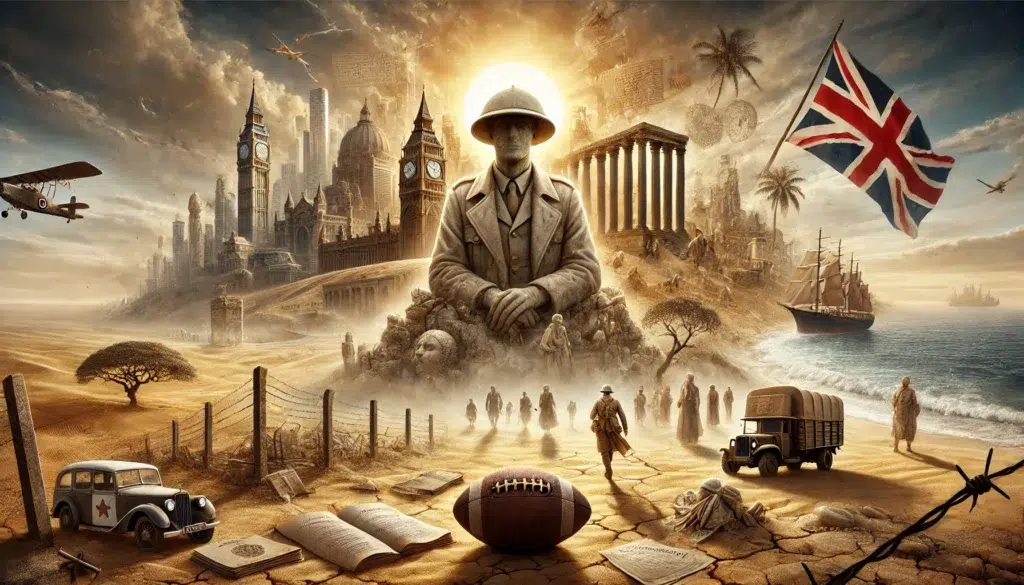By Our Social Safety Net Correspondent (Still Unpaid)
Once a cherished post-war promise, the death of the welfare state has arrived—again. Found behind a Centrelink office, it clutched a Centrepay form and muttered something unintelligible about “universal dignity” and “Gough would’ve never allowed this.”
Police say foul play is likely. Eyewitnesses described the state as “visibly gaunt,” suffering from long-term neoliberalism, recurring austerity attacks, and repeated kicks to the head from bipartisan budget repair plans.
The welfare state was born in the rubble of WWII, a glorious, if slightly bureaucratic, idea: that everyone, no matter how broke or broken, deserved healthcare, education, and a roof over their head without needing to marry into mining wealth. For a while, it even worked.
But history has a habit of repeating itself—first as tragedy, then as tax break.
Reagan and Thatcher gave it a good throttling in the ’80s with their “if you’re poor it’s your own fault” policies, selling off council flats and replacing social workers with motivational posters. Blair and Clinton arrived next, all smiles and soundbites, promising to “modernise” the system. Translation: means testing, marketisation, and the kind of compassion you get from a call centre script.
Enter the 2020s and the welfare state is not just on life support—it’s been unplugged and replaced with a cryptocurrency startup.
In the US, Donald Trump’s resurrection tour now features DOGE, a “Department of Government Efficiency” reportedly dreamt up during a Mar-a-Lago golf cart ride with Elon Musk. It’s a bold plan to run public services like a tech startup: no job security, no pensions, just vibes and venture capital. Musk promises to “streamline inefficiency”—a phrase here meaning “eliminate anything that costs money but helps poor people.”
Meanwhile in Australia, Peter Dutton has been spotted unveiling what experts are calling Welfare Reform: Outback Edition. Central to this vision is Jacinta Nampijinpa Price, whose starring role seems to be providing a diverse face to a deeply regressive agenda. The plan? Cut funding to health, education, and social services in the name of “individual responsibility” and “fiscal realism”—a magical spell that turns billion-dollar tax cuts into character-building poverty.
Welfare? Optional. Medicare? Shrinking. Public schools? Slowly morphing into PowerPoint presentations and prayer circles. Childcare? Only if you’re already rich enough not to need it.
Still, Treasury insists it’s all necessary. The budget must be balanced, they say, while signing a $6 billion consultancy deal with a firm last seen managing a WeWork in Wagga.
Maybe the problem isn’t the cost of the welfare state. Maybe it’s that governments are now allergic to spending on anything that doesn’t tweet well or funnel public money into private yachts.
Today, what’s left of the social safety net is mostly red tape, waiting lists, and photo ops in high-vis.
RIP, welfare state. Again. The death of the welfare state came by austerity, deregulation, and men who think public policy is a TED Talk.
(Donations in lieu of flowers may be made directly to offshore trusts or your nearest lobbying firm.)




isftyxgykxedqdijoozgvxvhonuqlv
vfxstwrrnggrjgjvjepuyredplyxfm
oxwhjquddgewftfhjjdksxwopvhhro